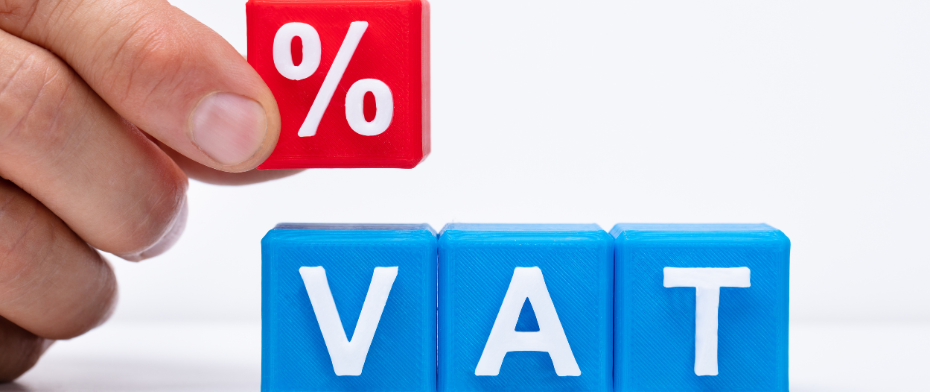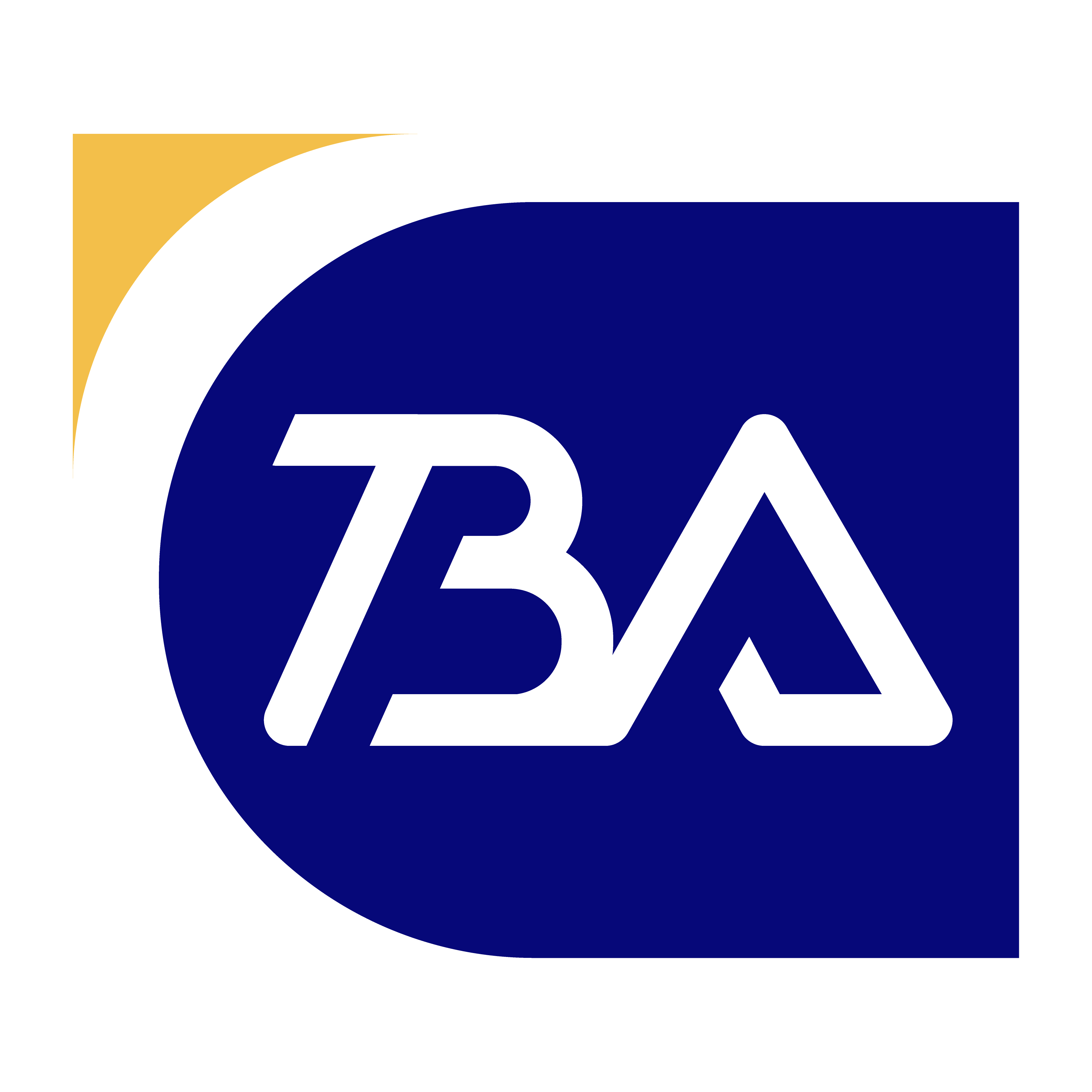Why are takeaway prices different from eating in?
- TBA

- Mar 1, 2024
- 4 min read
Updated: May 29
A restaurant owner in Knaresborough was recently fined for committing tax evasion for more than 3 years, with unpaid Value-Added-Tax (VAT) of over £51,700.
The owner Razaul Karim applied for a VAT registration for his restaurant in 2013, subsequently cancelling his registration in 2015 after declaring that the annual turnover was below the registration threshold. However, records show that in August 2019, the restaurant had a turnover of almost £130,000, well over the registration threshold of £85,000.
This case brings to our attention how important it is for takeaway and restaurant businesses to be aware of how VAT is calculated, especially since HMRC has very specific rules for how different foods and drinks are taxed. Many other business owners have been caught out for accidental tax avoidance and evasion because of this.
We’ve created a guide to help you understand the basics, so that you can avoid making any costly mistakes.
1. What is Value-Added-Tax (VAT)?
VAT is a basic consumption tax levied at the point of sale for most goods and services, is collected by suppliers and remitted to HMRC. Assuming your business is based in the UK, you only need to register for VAT if your annual turnover reaches £85,000.
Our guide will assume that you’ve already registered for VAT.
2. How is VAT calculated for food?

Most foods will either be zero-rated or charged at the normal rate of VAT (20%).
Generally, the following foods fall into the zero-rated category:
Raw meat and fish
Vegetables and fruits
Grains, nuts and legumes
Culinary herbs
Other foods that fall under the standard rate include catering foods, alcoholic beverages, sweets, crisps, salty snacks, hot food, sports drinks, hot takeaways, ice cream, soft drinks and mineral water.
If you are running a restaurant or catering service, you cannot simply judge based on the VAT rate of the food itself. You need to consider three important factors:
Is the food itself zero-rated, or subject to the standard rate?
Is the food served on the premises, or for takeout?
Is the food hot or cold?
3. Which rate of VAT do I apply to sales?
It’s important to distinguish between the sale of food itself, and food sold ‘in the course of catering’.
Even if the underlying food is zero-rated based on the explanation above, if it is sold ‘in the course of catering’, the standard rate will still apply.
How is this determined? HMRC has provided some official guidance:
Food and beverages prepared on the premises (excluding cold takeaway food)
Providing cooked/ready-to-eat food/meals, regardless of whether cutlery is included
Providing food and beverages as a third-party (i.e. catering service)
Cooking or preparing food at the client’s premises (e.g. chef rental service)
On the other hand, the following situations are usually zero-rated:
Providing chilled takeaway food
Grocery store sales
Sale of food and beverages that require further preparation by the customer
Besides from this, you also need consider whether you are selling hot food:
Food that is heated and eaten hot
Food that stays hot after heating
Advertising/marketing the food as hot
Food that is heated on request
Food that is provided with packaging for heat retention
Hot food is always standard-rated, whilst cold food can be zero-rated.
4. What are the different rules for eat-in and takeaway?

Additionally, you’ll also need to consider where the food is consumed.
Regardless of the underlying VAT rate, if your customer is consuming food or beverages on the premises, you’ll still need to charge the standard rate of VAT.
‘Premises’ is defined as an area occupied by a food retailer or set aside specifically for the consumption of purchased food or beverages, including any spaces shared with other food retailers.
If you’re operating a takeaway, the underlying VAT rate and hot/food distinction outlined above will also still apply. The standard rate of VAT will apply if:
The food itself falls under the standard rate
The food is classified as hot food
The food is consumed on the premises (if you are selling takeout but offer an optional seating area)
Takeout food is zero-rated if:
The food itself is zero-rated
The food is classified as cold food
The food is consumed off-premises
5. Some advice from TB Accountants
So, let’s look at an example. If you run a coffee shop and you sell raw coffee beans in a container for customers to take with them, the coffee beans are zero-rated. If you then use those coffee beans to produce hot coffee to sell to customers, the standard rate of 20% will apply. This is the case whether they are taking the coffee away or sitting down at your premises.
Still confused? Many business owners are. TB Accountants is here to provide you with expert support. Get in touch with us and we’ll see how we can help you.
For individuals and businesses looking for UK taxation services, use our contact form to get in touch for more information.
Get in touch with us at info@tbgroupuk.com or for a free one-to-one consultation.



